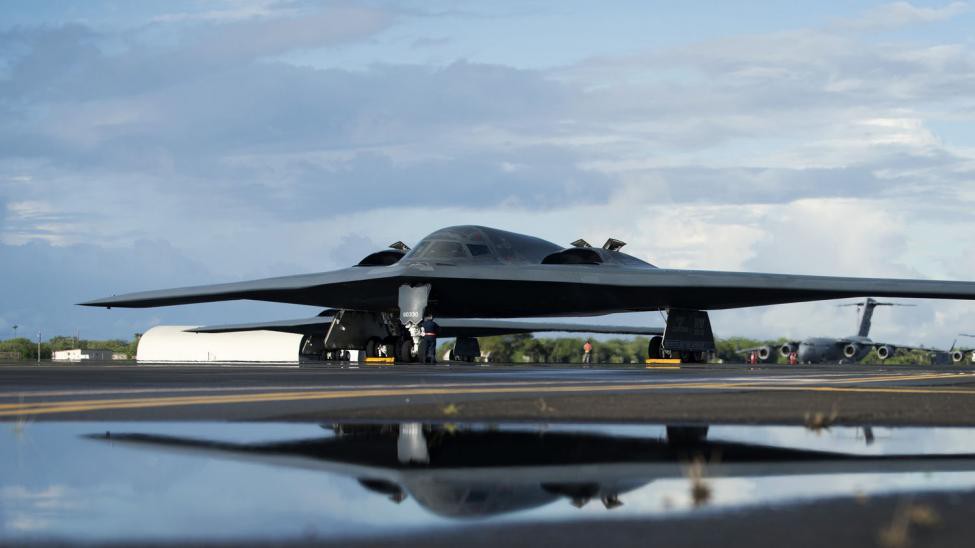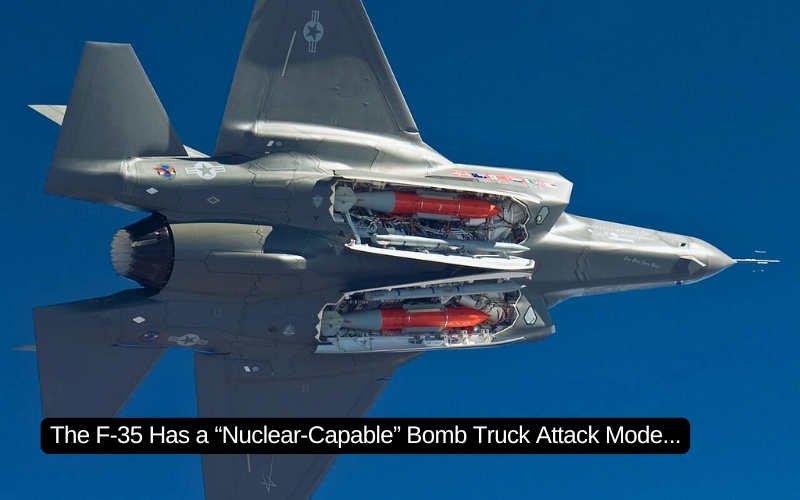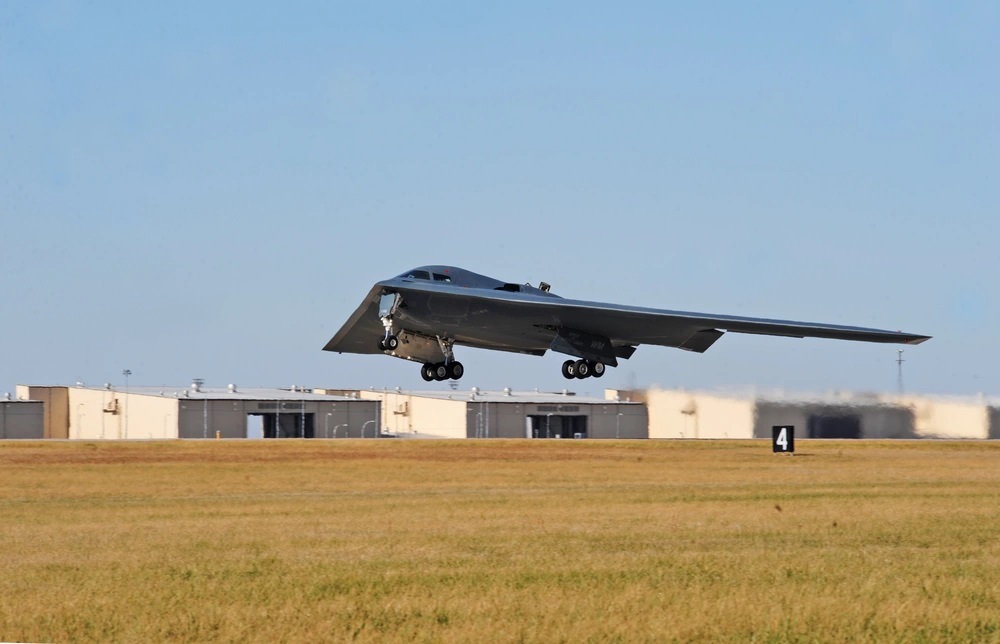
Raytheon, El Segundo, California, has been awarded a $175,050,289 indefinite-delivery/indefinite-quantity contract for the Northrop Grumman B-2 Spirit Advanced High Frequency Radar Components and end items. This contract provides for overhaul and repair of the B-2 Advanced High Frequency Radar Components and end items. Work will be performed in El Segundo, California, and is expected to be completed by July 31, 2033. This contract was a sole-source acquisition. Fiscal 2023 operations and maintenance funds in the amount of $24,558,473 are being obligated at time of award. The U.S. Air Force Sustainment Center (AFSC), Tinker Air Force Base, Oklahoma, is the contracting activity (FA8119-23-D-0002).
The Northrop Grumman B-2 Spirit, also known as the Stealth Bomber, is an American heavy strategic bomber, featuring low-observable stealth technology designed to penetrate dense anti-aircraft defenses. The bomber can drop conventional and thermonuclear weapons, such as up to eighty 500-pound class (230 kg) Mk 82 JDAM GPS-guided bombs, or sixteen 2,400-pound (1,100 kg) B83 nuclear bombs. The B-2 is the only acknowledged in-service aircraft that can carry large air-to-surface standoff weapons in a stealth configuration. The B-2 can perform attack missions up to 50,000 feet (15,000 m); it has an unrefueled range of more than 6,000 nautical miles (6,900 mi; 11,000 km) and can fly more than 10,000 nautical miles (12,000 mi; 19,000 km) with one midair refueling.
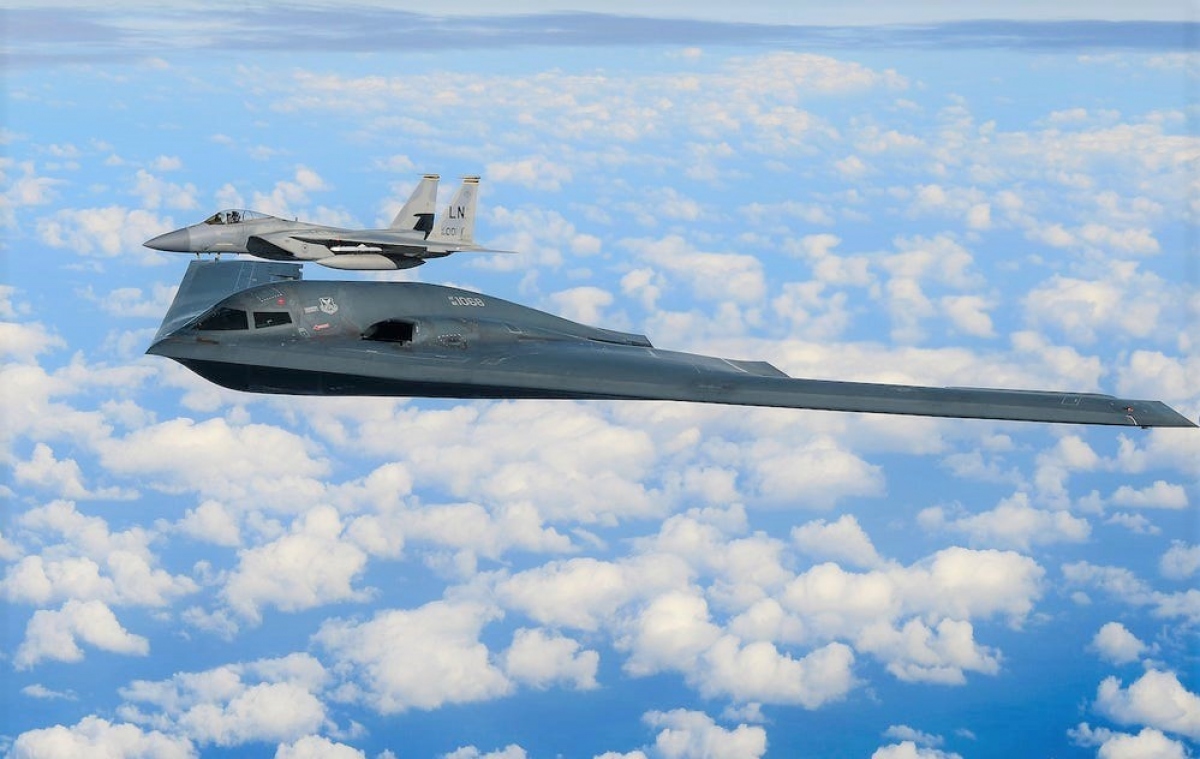
To make the B-2 more effective than previous bombers, many advanced and modern avionics systems were integrated into its design; these have been modified and improved following a switch to conventional warfare missions. One system is the low probability of intercept AN/APQ-181 multi-mode radar, a fully digital navigation system that is integrated with terrain-following radar and Global Positioning System (GPS) guidance, NAS-26 astro-inertial navigation system (first such system tested on the Northrop SM-62 Snark cruise missile) and a Defensive Management System (DMS) to inform the flight crew of possible threats. The onboard DMS is capable of automatically assessing the detection capabilities of identified threats and indicated targets.
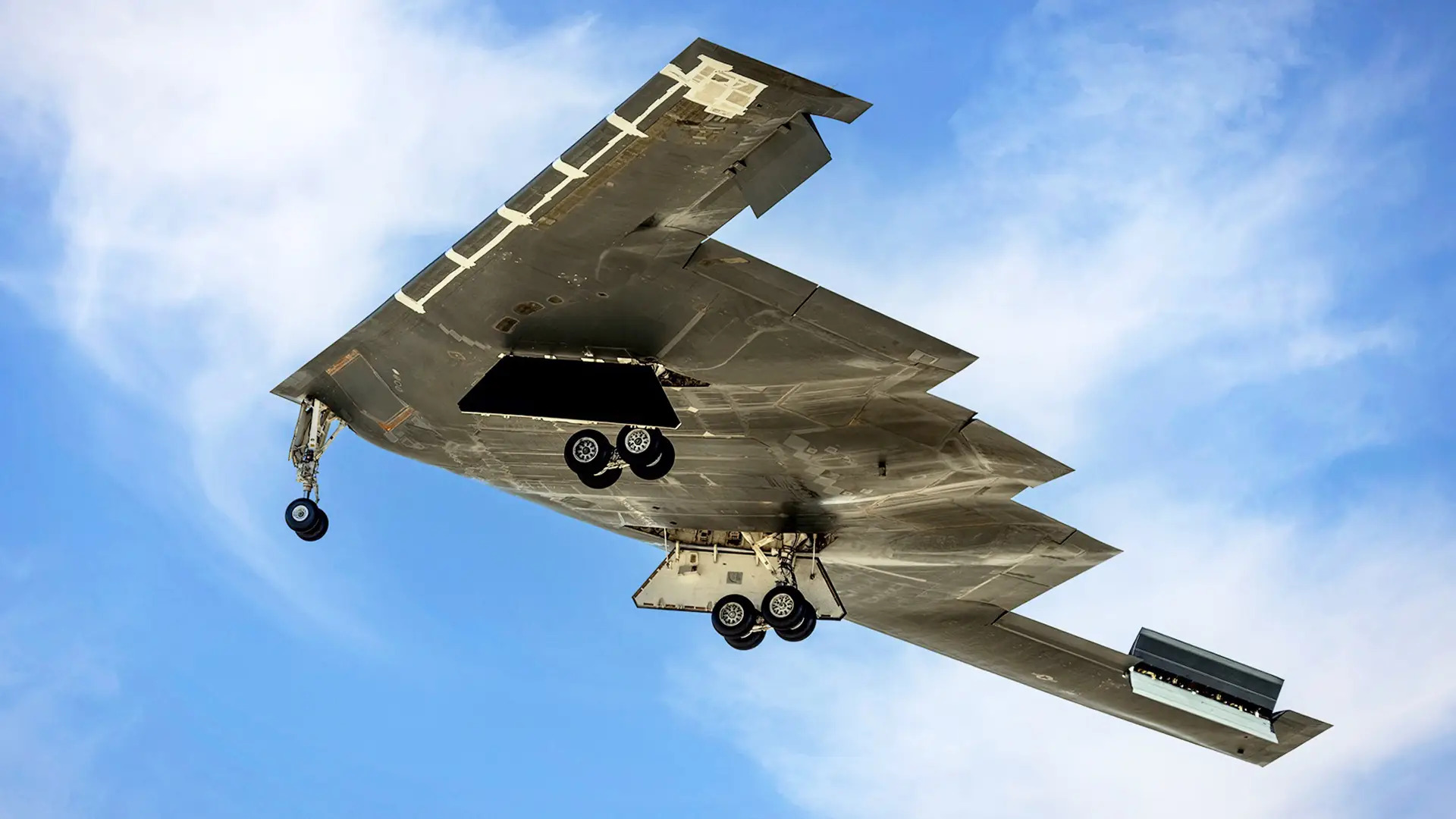
The DMS will be upgraded by 2021 to detect radar emissions from air defenses to allow changes to the auto-router’s mission planning information while in-flight so it can receive new data quickly to plan a route that minimizes exposure to dangers. The B-2 has had several major upgrades to its avionics and combat systems. For battlefield communications, both Link-16 and a high frequency satellite link have been installed, compatibility with various new munitions has been undertaken, and the AN/APQ-181 radar’s operational frequency was shifted to avoid interference with other operators’ equipment. The arrays of the upgraded radar features were entirely replaced to make the AN/APQ-181 into an active electronically scanned array (AESA) radar

